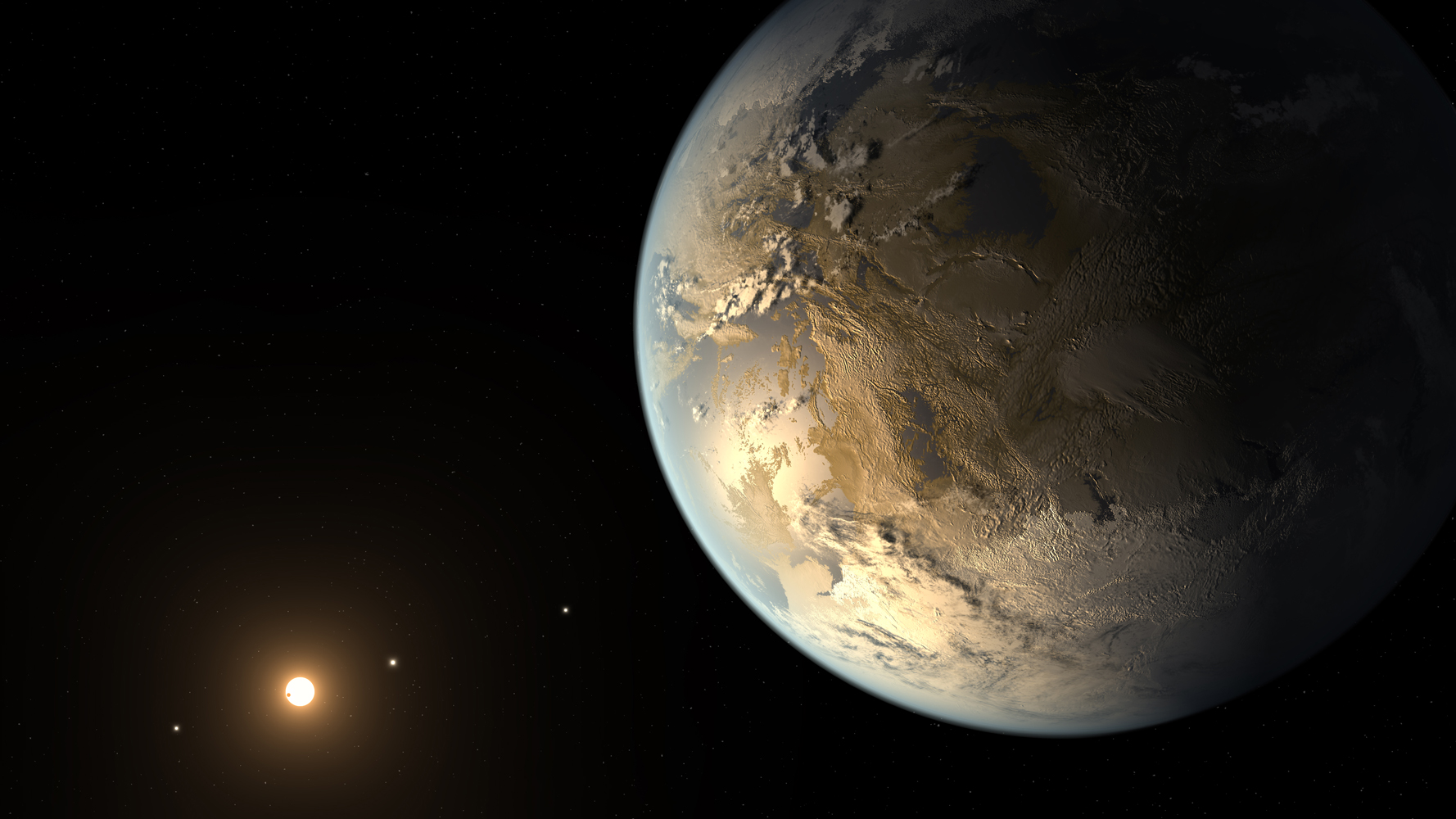Ice belts at the equator are more common than ice caps at the poles
We like to go south, towards the equator, to escape the cold. At the two poles of the earth there is permanent frost and ice. In terms of the entire universe, this is by no means the rule, as astronomers have discovered in a scientific work.
To do so, a team from the University of Washington and the University of Bern computationally simulated more than 200,000 hypothetical Earth-like worlds – planets that have the same size, mass, atmospheric composition and geography as modern Earth – all in orbit around stars similar to our Sun, a G-type star. So they wanted to find out what kinds of environments astronomers can expect to find on true Earth-like exoplanets. Since ice reflects a lot of light, this information is helpful in observing distant worlds.
Most important finding: the simulated exoplanets often lacked a feature of present-day Earth: partial ice cover. “We essentially simulated Earth’s climate on worlds around different types of stars and found that in 90 percent of the cases with liquid water on the surface, there are no ice sheets or polar caps,” said co-author Rory Barnes, professor of astronomy. “However, when ice is present, we see that ice belts – permanent ice along the equator – are more likely than ice caps.”
The findings shed light on the complex interplay between liquid water and ice on Earth-like worlds, said lead author Caitlyn Wilhelm, who led the study. “Looking at the ice cover on an Earth-like planet can tell you a lot about whether it’s habitable,” Wilhelm said. “We wanted to understand all the parameters – the shape of the orbit, the axial inclination, the type of star – that affect whether there’s ice on the surface, and if so, where.”
According to the simulations, which spanned a million years on each world, Earth-like worlds had climates ranging from a planet-wide “snowball” climate – with ice at all latitudes – to a steamy “humid greenhouse” likely similar to Venus’ climate before an uncontrolled greenhouse effect made its surface so hot it melted lead. But although most environments in the simulations fell somewhere between these extremes, only about one in ten hypothetical habitable exoplanets had partial surface ice. When partial ice was present, its distribution varied by star. Around F-type stars, polar ice caps – like those currently found on Earth – were found about three times more often than ice belts, while ice belts were twice as common as ice caps on planets around G- and K-type stars. Ice belts were also more common on worlds with extreme axial inclinations, probably because seasonal extremes make the climate at the poles more volatile than in equatorial regions, Wilhelm said.
